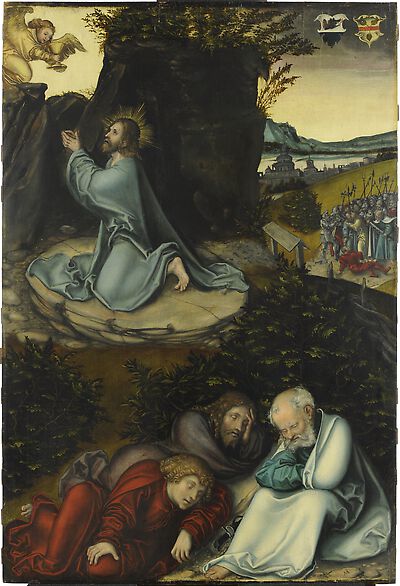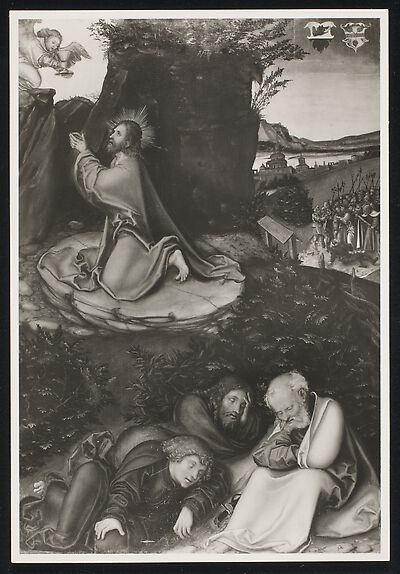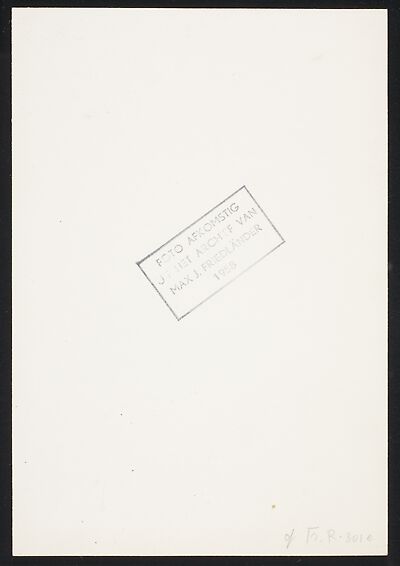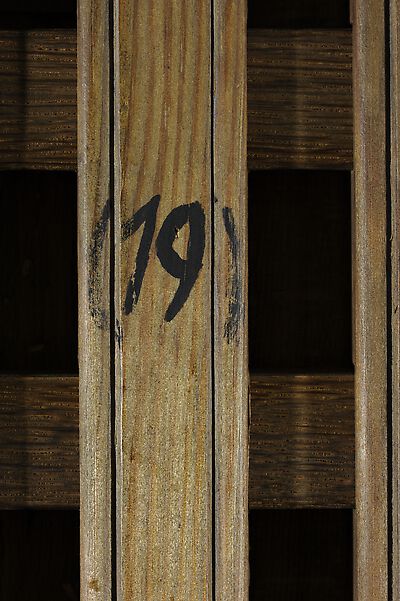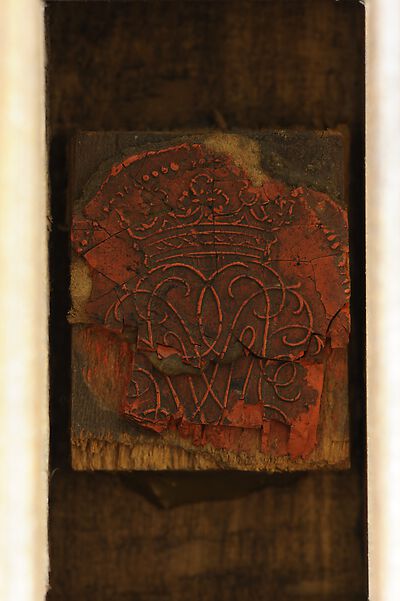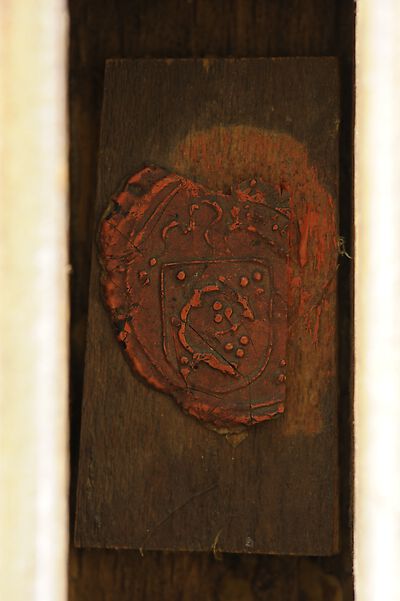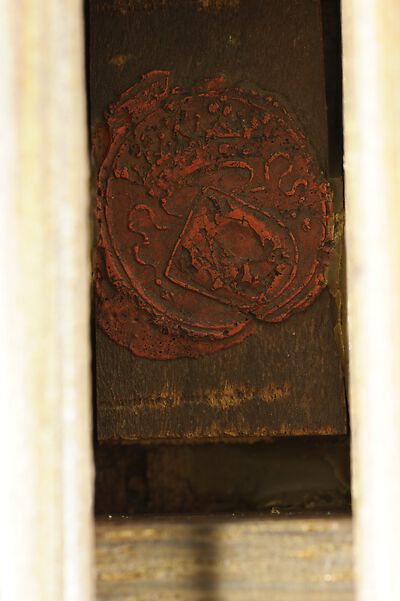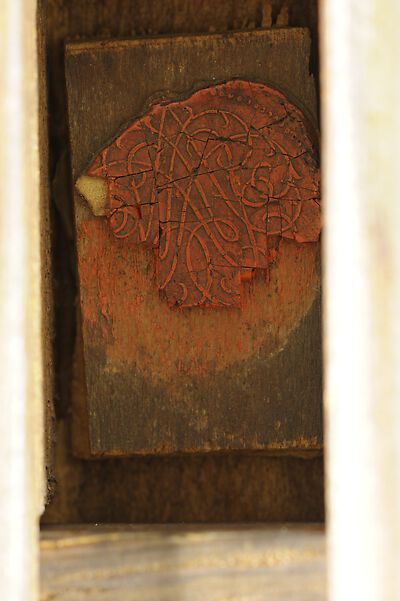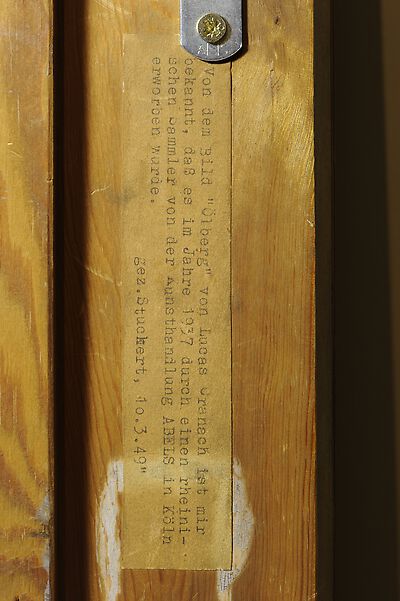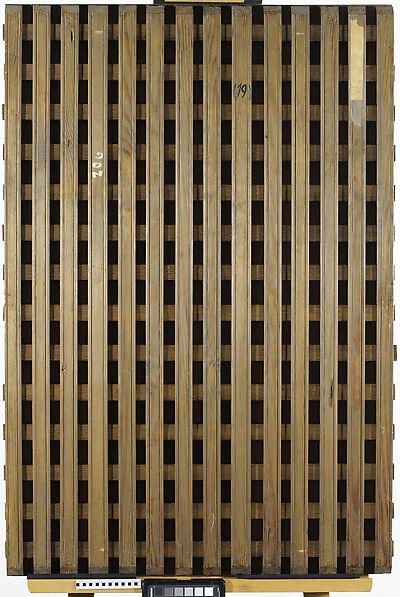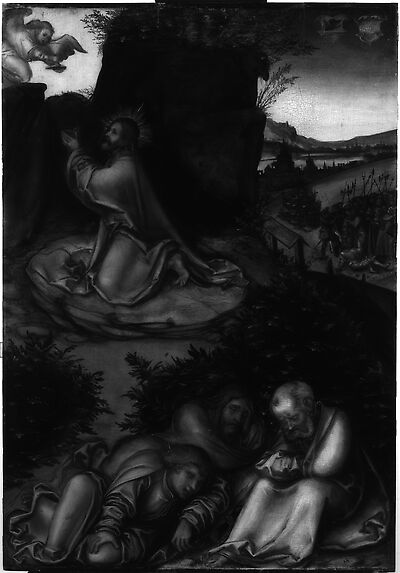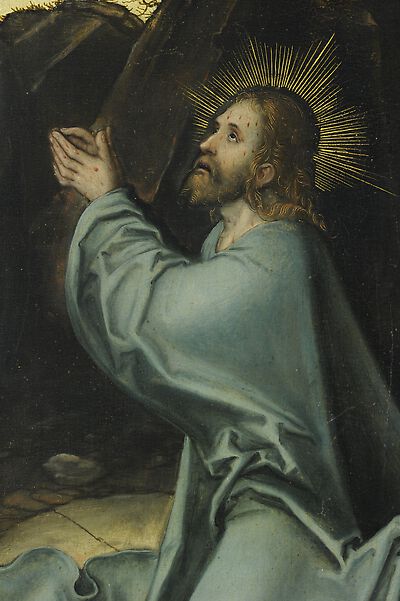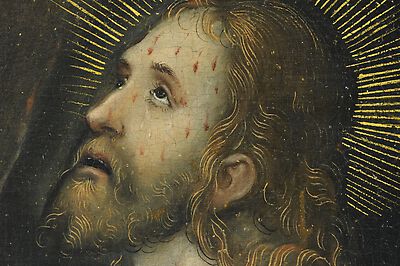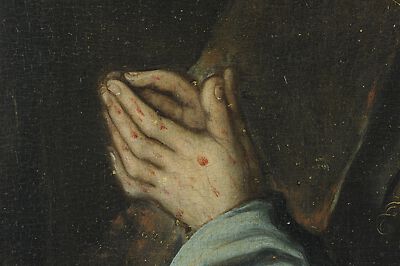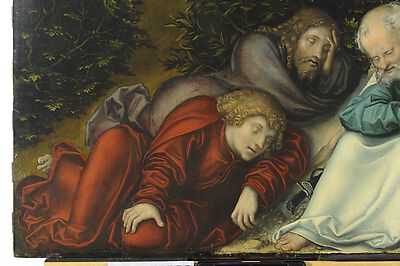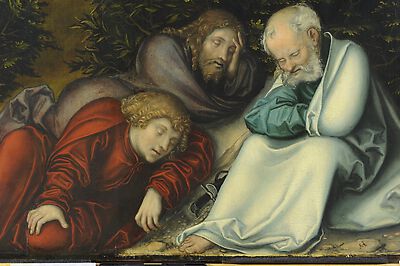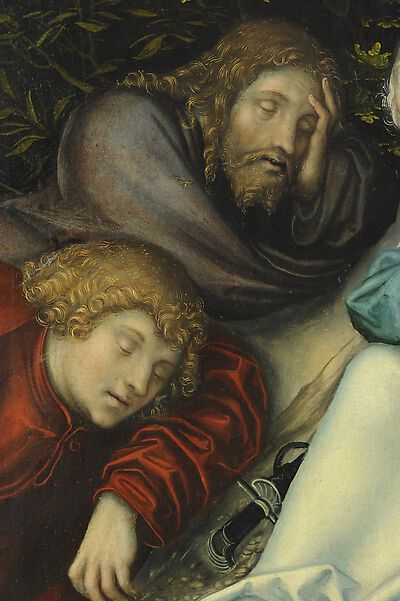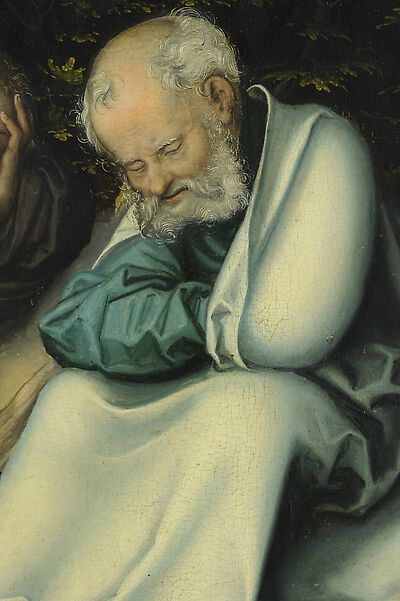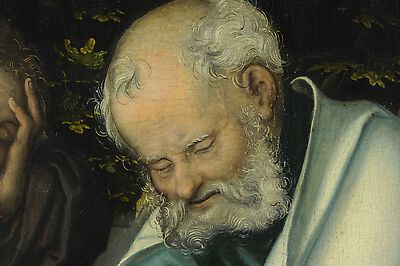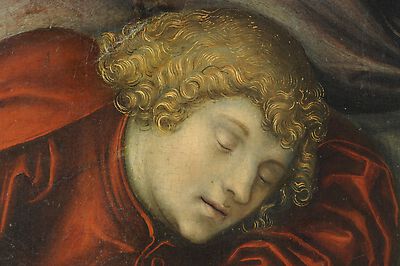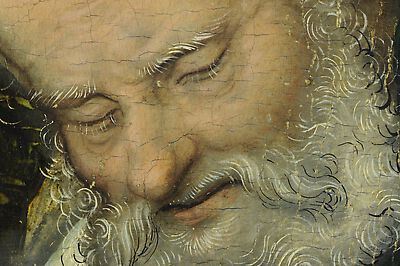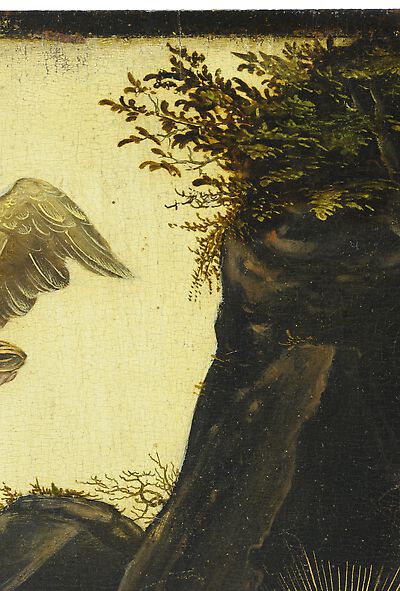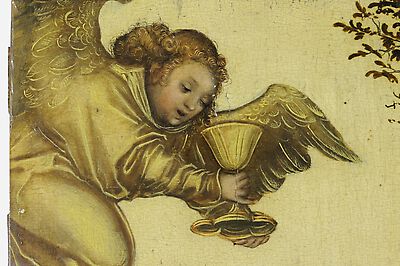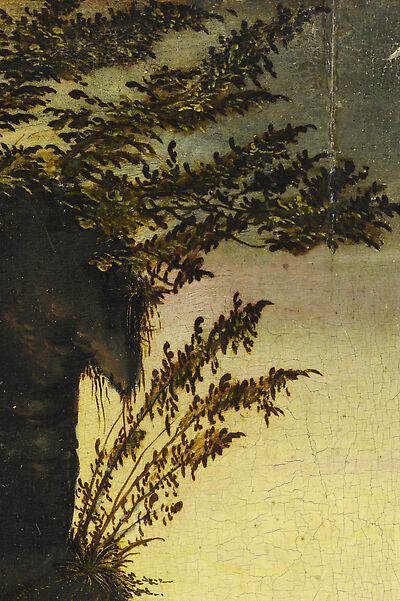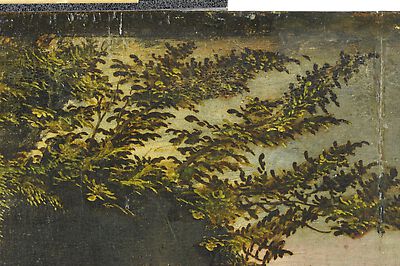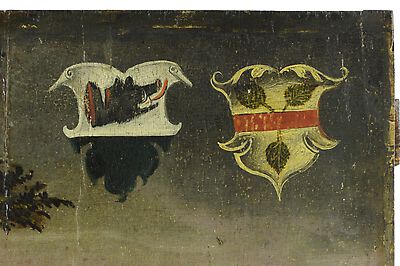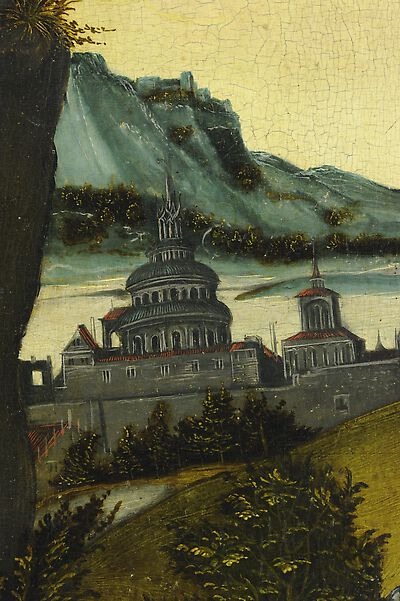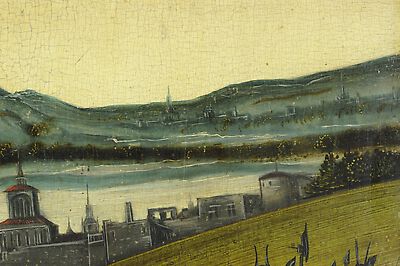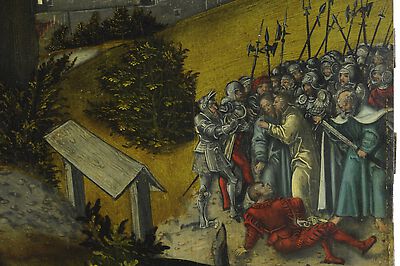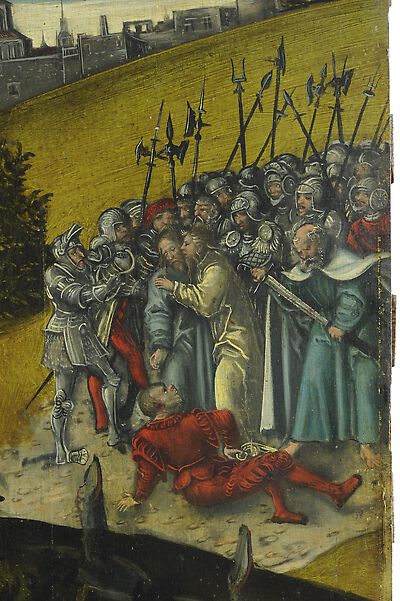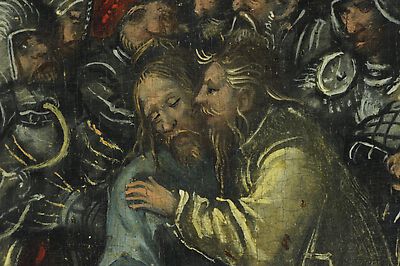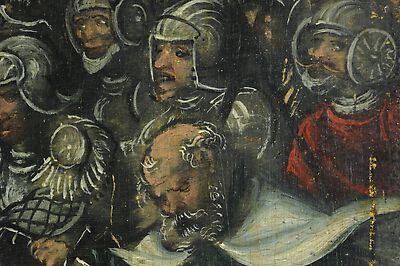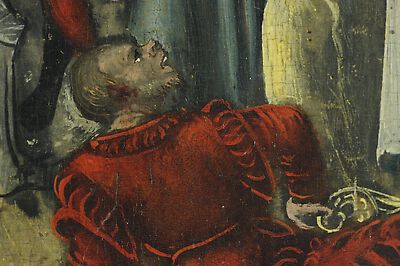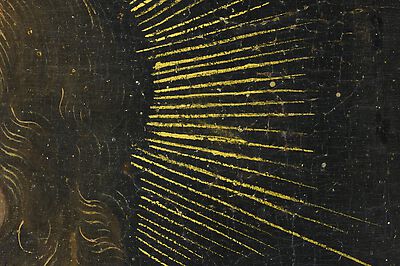- Attributions
-
Lucas Cranach the Elder (and workshop)
Lucas Cranach the Elder
Attributions
| Lucas Cranach the Elder (and workshop) | [Heydenreich, CDA 2011] [Exhib. Cat. Düsseldorf 2017, 187, No.92] |
| Lucas Cranach the Elder | [Friedländer 1937] |
- Production date
- about 1540
Production date
| about 1540 | Letter from M.J. Friedländer. Berlin, 24.VI.37 |
- Dimensions
- Dimensions of support: 86.5 x 58.5 x 0.5 cm (trimmed along the sides, thinned on the reverse)
Dimensions
Dimensions of support: 86.5 x 58.5 x 0.5 cm (trimmed along the sides, thinned on the reverse)
Dimensions including frame: 105.5 x 78.3 x 8 cm
[Heydenreich, cda 2011]
- Signature / Dating
Artist's insignia bottom right: winged serpent with dropped wings, facing left; in black paint
Signature / Dating
Artist's insignia bottom right: winged serpent with dropped wings, facing left; in black paint
- Inscriptions and Labels
Reverse of the panel on the cradle: in paint '206', '19'; label: 'Lucas Cranach, 19, Christus am Ölberg'
- 4 seals …
Inscriptions and Labels
Stamps, Seals, Labels:
Reverse of the panel on the cradle: in paint '206', '19'; label: 'Lucas Cranach, 19, Christus am Ölberg'
- 4 seals that were presumably originally on the reverse of the panel before it was thinned. They are now mounted on wooden disks, which have been attached to the reverse of the panel (see photograph)
Reverse of the frame:
label: 'F. G. Conzen, No. 1724, Rahmenfabrik Düsseldorf'; written in pen: '1724', '2407'; in paint: '(19)'; label with inscription: 'Von diesem Bild 'Ölberg' von Lucas Cranach ist mir bekannt, dass es im Jahre 1937 durch einen rheinischen Sammler von der Kunsthandlung ABELS in Köln erworben wurde. Gez. Stuckert , 10.03.49'
- a further label with an illegible inscription and two further imprints from other labels
[Heydenreich, CDA 2011]
- Owner
- The City of Düsseldorf
- Repository
- Museum Kunstpalast, Düsseldorf
- Location
- Düsseldorf
- CDA ID
- DE_SMKP_M206
- FR (1978) Nr.
- FR376C
- Persistent Link
- https://lucascranach.org/en/DE_SMKP_M206/
- 4 seals …
